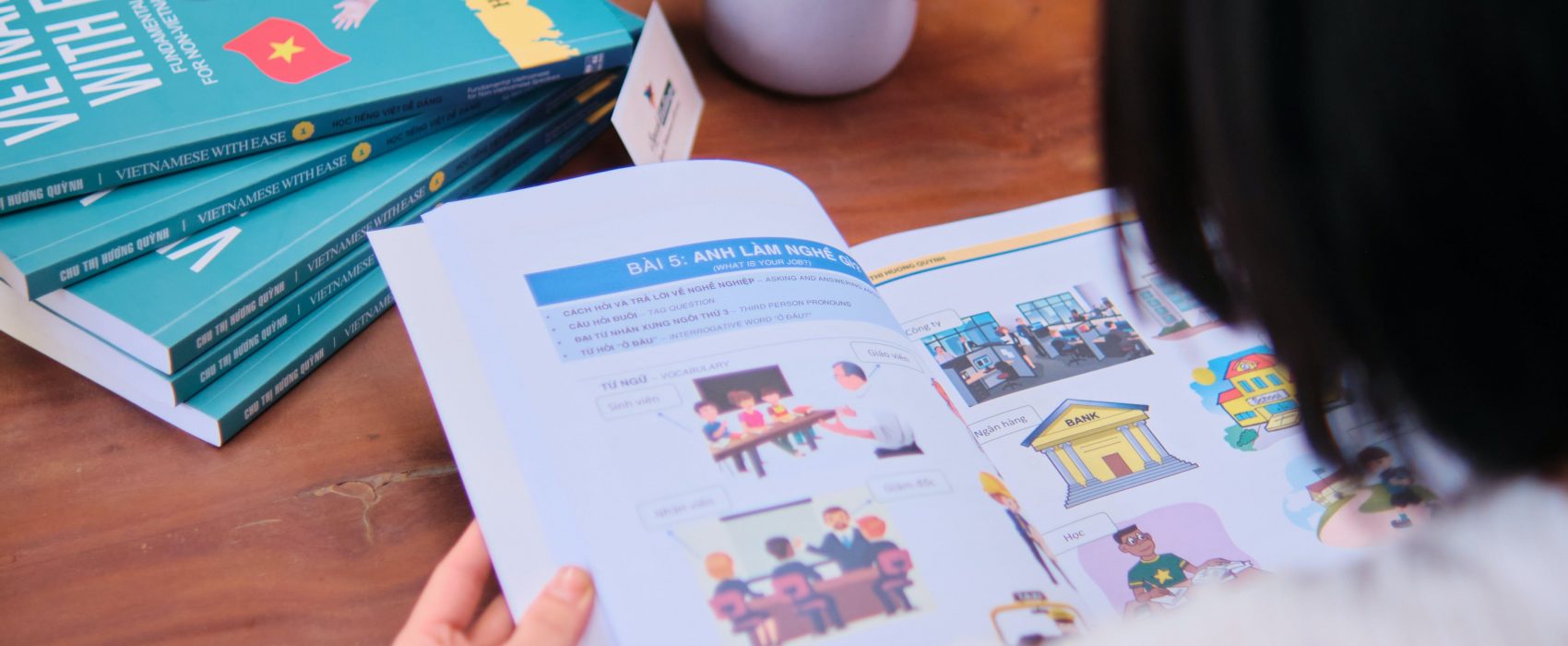Vietnamese into English | The Common Mistakes When Translating
Translating from Vietnamese to English involves overcoming linguistic disparities, cultural intricacies, and differences in writing systems. While translation is a powerful tool for cross-cultural communication, there are common mistakes that can compromise the accuracy and effectiveness of the translated content. In this article, we will explore these challenges and provide insights on how to avoid the most common pitfalls.
Literal Translation Pitfalls when Translating from Vietnamese into English:
A common mistake is relying too heavily on literal translations. Vietnamese, with its unique linguistic features and cultural nuances, may not have direct equivalents in English. Translators must prioritize conveying the intended meaning rather than adhering strictly to literal translations to ensure clarity and cultural relevance in English.
Neglecting Politeness Levels:
Similar to many Asian languages, Vietnamese employs different levels of politeness and formality. Neglecting these distinctions can lead to a lack of politeness or an inappropriate level of formality in English. Adapting the translation to the appropriate levels of politeness is essential for maintaining cultural respect and effective communication.
Neglecting Diacritic Marks:
Vietnamese utilizes diacritic marks, such as tones and accents, to convey meaning. Neglecting these marks during translation can lead to misunderstandings and loss of accuracy in English. Translators must pay careful attention to diacritic marks to preserve the correct pronunciation and meaning of words.
Ignoring Cultural Nuances:
Vietnamese language is closely tied to its rich cultural heritage. Ignoring cultural nuances during translation can lead to inaccurate representations of customs, traditions, and idioms. Translators should be attentive to cultural subtleties to ensure the translated content reflects the intended cultural context in English.
Mismanaging Word Order:
Vietnamese has a Subject-Verb-Object (SVO) sentence structure, whereas English follows a Subject-Object-Verb (SOV) structure. Mismanaging word order can lead to awkward and confusing English sentences. Translators must carefully adjust sentence structures while preserving the intended meaning.
Overlooking Regional Dialects:
Vietnam has diverse regional dialects, and certain expressions may vary across regions. Translators may encounter challenges when translating content that includes regional idioms or expressions not universally understood. Recognizing and adapting to regional differences is vital for producing accurate and contextually relevant translations.
Translating Vietnamese into English requires linguistic proficiency and cultural awareness. By avoiding common mistakes such as literal translations, neglecting diacritic marks, misinterpreting pronouns and honorifics, ignoring cultural nuances, mismanaging word order, neglecting politeness levels, and recognizing regional variations, translators can produce translations that effectively bridge the linguistic and cultural gap between Vietnamese and English communication.
Contact VEQTA’s translation team today for assistance with all of your Indonesian translation requirements. We can support your translation requirements in over 200 languages.


